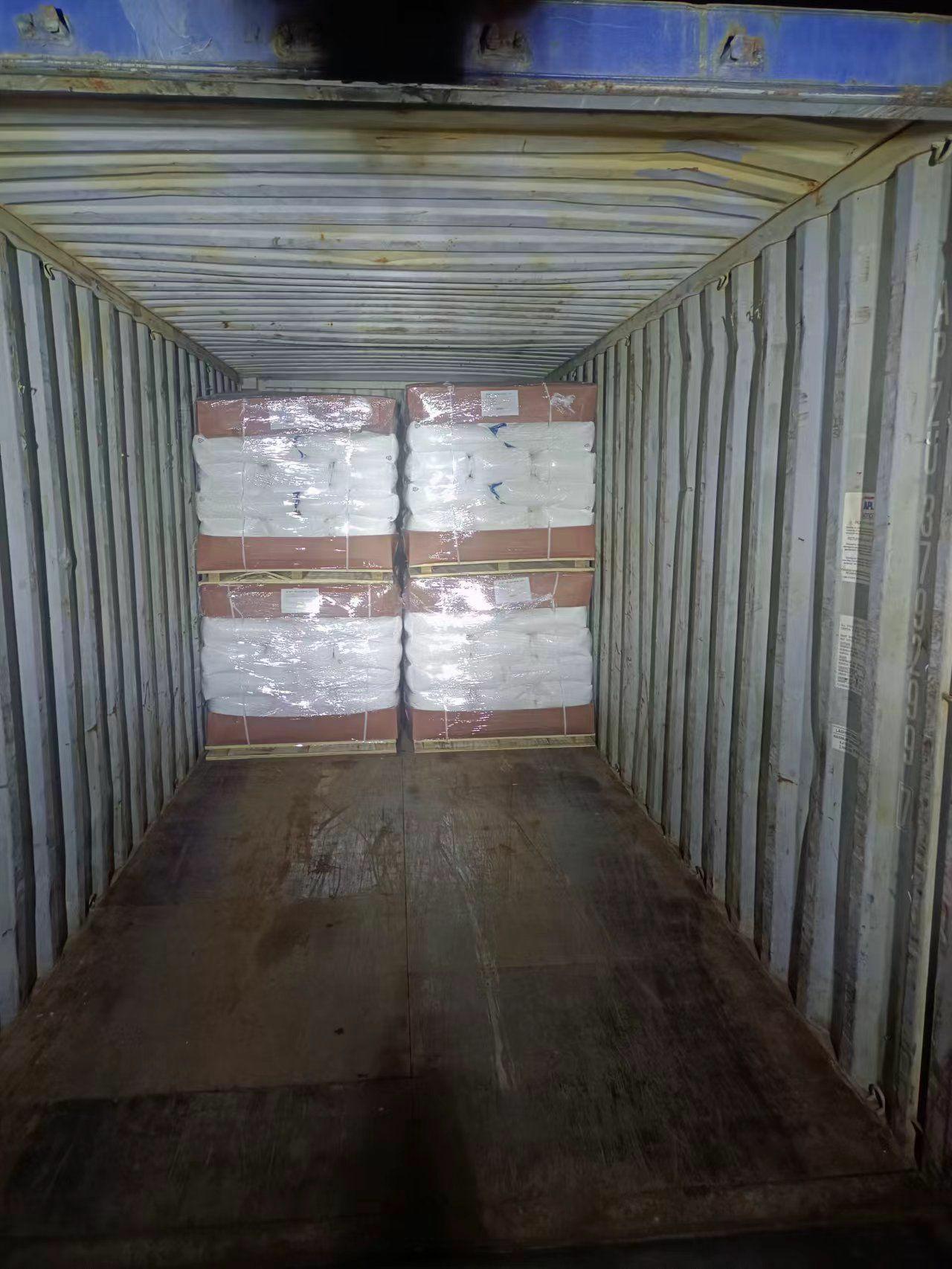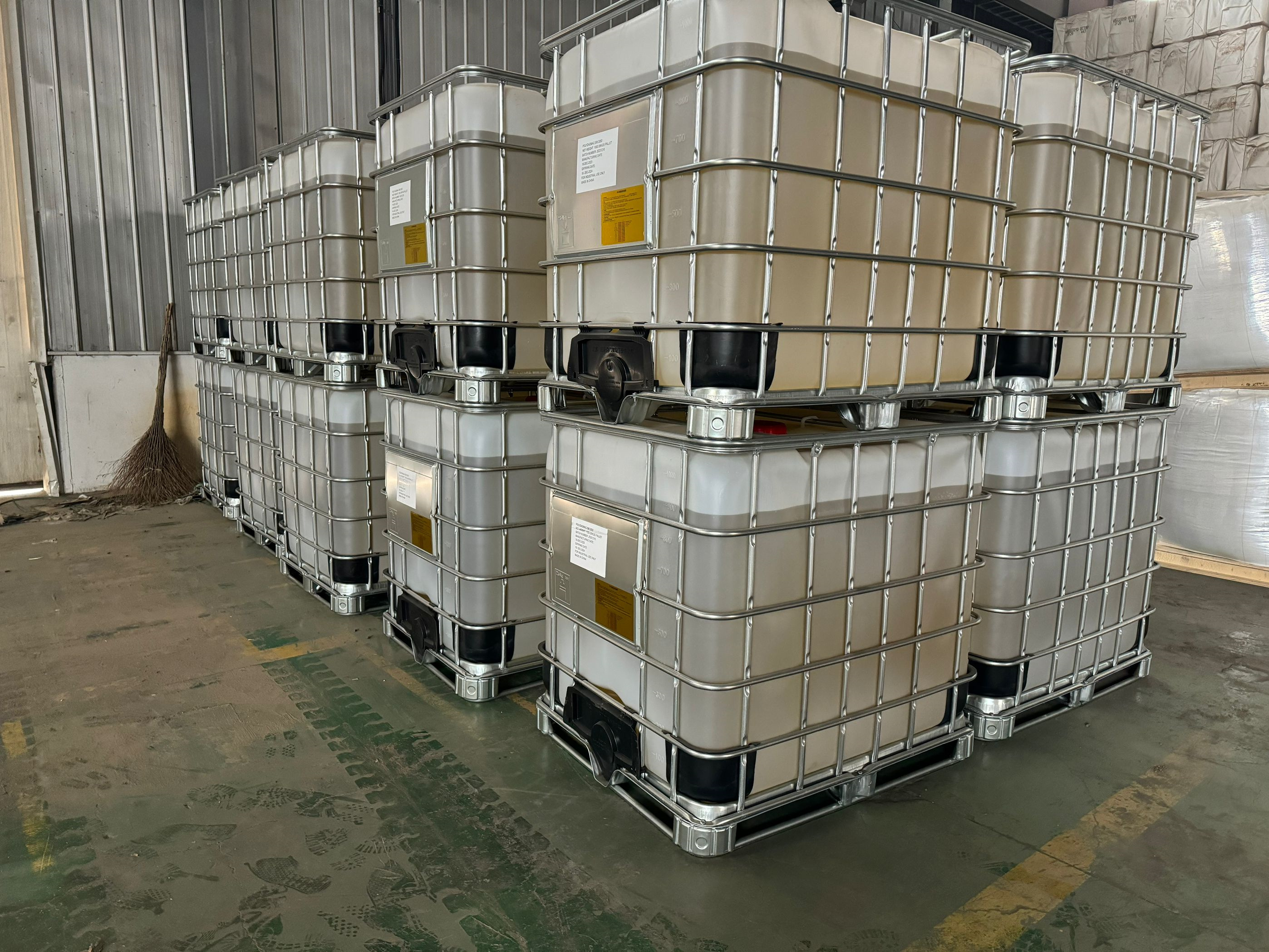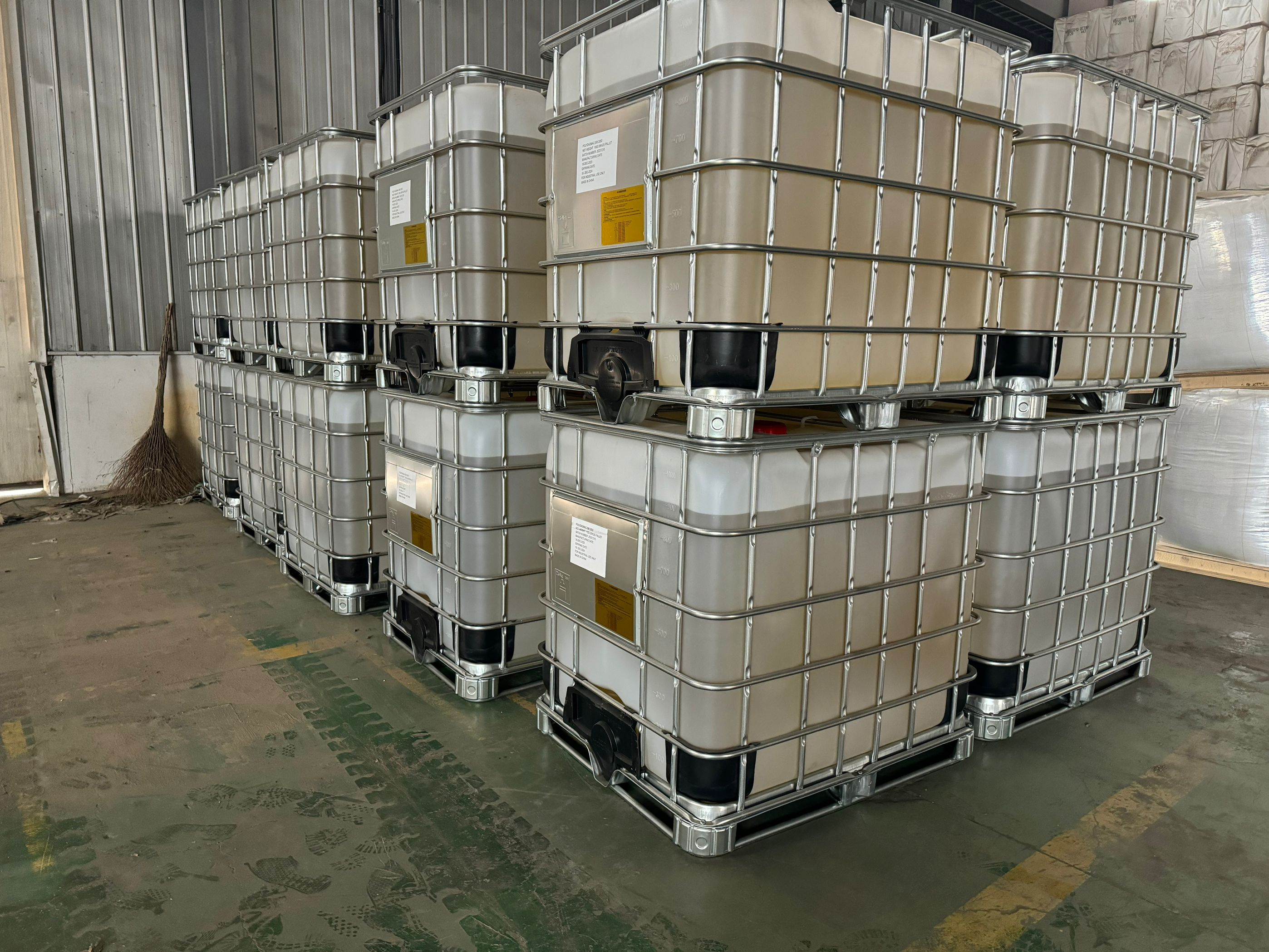cationic polyacrylamide FO4107 FO4115 FO4125 can be replaced by asiafloc C- series
Material
- am acrylic acid
Color
- white granular
Application
- water treatment ,mineral processing
Certificate
- ISO9001 ,ISO14001
Place of Origin
- China
Other Names
- PAM ,flocculant
CAS No
- 9003-05-8
Brand Name
- asiafloc
Usage
- water treatment ,mineral processing
Cationic polyacrylamide FO4107 FO4115 FO4125 can be replaced by asiafloc C- series
FO4107 FO4115 FO4125 are three cationic polyacrylamide with very lower cationicity and different molecular weight,mainly used for water treatment and sludge dewatering .Chinafloc C series can replace of them with good performance.
Cationic polyacrylamide (CPAM) is a widely used chemical in the fields of water treatment and sludge dewatering. Its function is primarily centered on its ability to act as a flocculant, a substance that promotes the clumping together of particles in suspension. This property is crucial in various industrial and environmental processes, including the treatment of wastewater and the management of sludge. In this essay, we will explore the functions and applications of cationic polyacrylamide in water treatment and sludge dewatering, detailing how it works, its benefits, and its role in improving environmental sustainability.
Introduction to Cationic Polyacrylamide
Cationic polyacrylamide (CPAM) is a type of polyacrylamide (PAM) that carries a positive charge on its molecular chain. This positive charge enables it to interact effectively with negatively charged particles, such as suspended solids, organic matter, and various contaminants found in wastewater. The interaction between cationic polyacrylamide and these particles leads to the formation of larger aggregates or flocs, which can then be easily separated from the water through processes like sedimentation, filtration, or flotation.
Function in Water Treatment
In water treatment, cationic polyacrylamide serves several critical functions:
Coagulation and Flocculation: The primary function of cationic polyacrylamide in water treatment is to facilitate coagulation and flocculation. Coagulation is the process by which small, colloidal particles in water are destabilized, while flocculation refers to the aggregation of these particles into larger flocs. Cationic polyacrylamide, with its positive charge, neutralizes the negative charges on the surface of suspended particles, thereby reducing the repulsion between them. This leads to the formation of larger flocs, which can be more easily removed from the water.
Turbidity Reduction: Turbidity in water is caused by the presence of suspended solids and fine particles that scatter light. Cationic polyacrylamide effectively reduces turbidity by aggregating these particles into flocs that settle more rapidly. This results in clearer water, which is essential for many industrial processes and for meeting environmental regulations.
Organic Matter Removal: Organic matter, such as proteins, carbohydrates, and other natural organic materials, can contribute to water pollution. Cationic polyacrylamide is effective in binding with these organic molecules, forming flocs that can be removed from the water through sedimentation or filtration. This reduces the biological oxygen demand (BOD) and chemical oxygen demand (COD) of the water, making it safer for discharge into the environment.
Phosphorus Removal: Phosphorus is a common pollutant in wastewater, particularly from agricultural and industrial sources. Excessive phosphorus in water bodies can lead to eutrophication, which causes harmful algal blooms and depletes oxygen levels in aquatic ecosystems. Cationic polyacrylamide can assist in the removal of phosphorus by forming flocs with phosphorus-containing compounds, which can then be separated from the water.
Heavy Metal Removal: Certain cationic polyacrylamides are also used in the removal of heavy metals from wastewater. The positive charge of CPAM can interact with negatively charged metal ions, such as arsenic, lead, and mercury, forming complexes that can be precipitated and removed from the water.
Function in Sludge Dewatering
Sludge dewatering is a critical process in wastewater treatment plants, where the goal is to reduce the water content of sludge, thereby decreasing its volume and making it easier to handle, transport, and dispose of. Cationic polyacrylamide plays a vital role in this process:
Sludge Conditioning: Before sludge can be dewatered, it must be conditioned to improve its dewaterability. Cationic polyacrylamide is used as a conditioning agent, where it binds with the negatively charged particles in the sludge, forming larger and more stable flocs. This conditioning process is essential for enhancing the efficiency of mechanical dewatering equipment, such as centrifuges, belt presses, and screw presses.
Water Release: The flocs formed by cationic polyacrylamide have a higher density and a lower affinity for water, which means that water can be released more easily during the dewatering process. This results in a drier sludge cake with a higher solids content, which is easier and more cost-effective to manage.
Improved Filtration: In sludge dewatering, filtration is a common method used to separate solids from liquids. Cationic polyacrylamide enhances the filtration process by forming flocs that are less likely to clog the filter media. This leads to more efficient filtration, reduced energy consumption, and lower operating costs.
Reduction in Sludge Volume: By improving the dewaterability of sludge, cationic polyacrylamide helps reduce the overall volume of sludge that needs to be disposed of. This not only lowers disposal costs but also minimizes the environmental impact of sludge disposal.
Enhanced Sludge Quality: The use of cationic polyacrylamide in sludge dewatering also improves the quality of the sludge. The resulting sludge cake is more stable, less prone to odor generation, and has a higher calorific value, making it suitable for use in energy recovery processes, such as incineration or biogas production.
Environmental and Economic Benefits
The use of cationic polyacrylamide in water treatment and sludge dewatering offers several environmental and economic benefits:
Reduced Chemical Usage: Cationic polyacrylamide is highly effective even at low dosages, which means that less chemical is required to achieve the desired results. This reduces the overall chemical load on the environment and lowers the operational costs of water treatment plants.
Improved Water Quality: By effectively removing suspended solids, organic matter, phosphorus, and heavy metals, cationic polyacrylamide contributes to the production of cleaner water, which can be safely discharged into natural water bodies or reused in industrial processes.
Lower Disposal Costs: The reduction in sludge volume achieved through the use of cationic polyacrylamide leads to lower disposal costs, as less sludge needs to be transported and treated. This is particularly important in regions where landfill space is limited or where sludge disposal regulations are stringent.
Energy Savings: The enhanced dewatering efficiency provided by cationic polyacrylamide results in lower energy consumption during the mechanical dewatering process. This not only reduces operational costs but also contributes to a lower carbon footprint for wastewater treatment facilities.
Resource Recovery: The improved quality of dewatered sludge makes it more suitable for resource recovery processes, such as biogas production or the extraction of valuable nutrients. This aligns with the principles of circular economy and promotes the sustainable management of wastewater and sludge.
Conclusion
In summary, cationic polyacrylamide plays a crucial role in water treatment and sludge dewatering processes. Its ability to facilitate coagulation and flocculation, reduce turbidity, remove organic matter and heavy metals, and improve sludge dewaterability makes it an indispensable tool in modern wastewater management. The environmental and economic benefits associated with the use of cationic polyacrylamide further underscore its importance in promoting sustainable water treatment practices. As industries and municipalities continue to seek more efficient and eco-friendly solutions for wastewater and sludge management, cationic polyacrylamide will remain a key component in achieving these goals.






